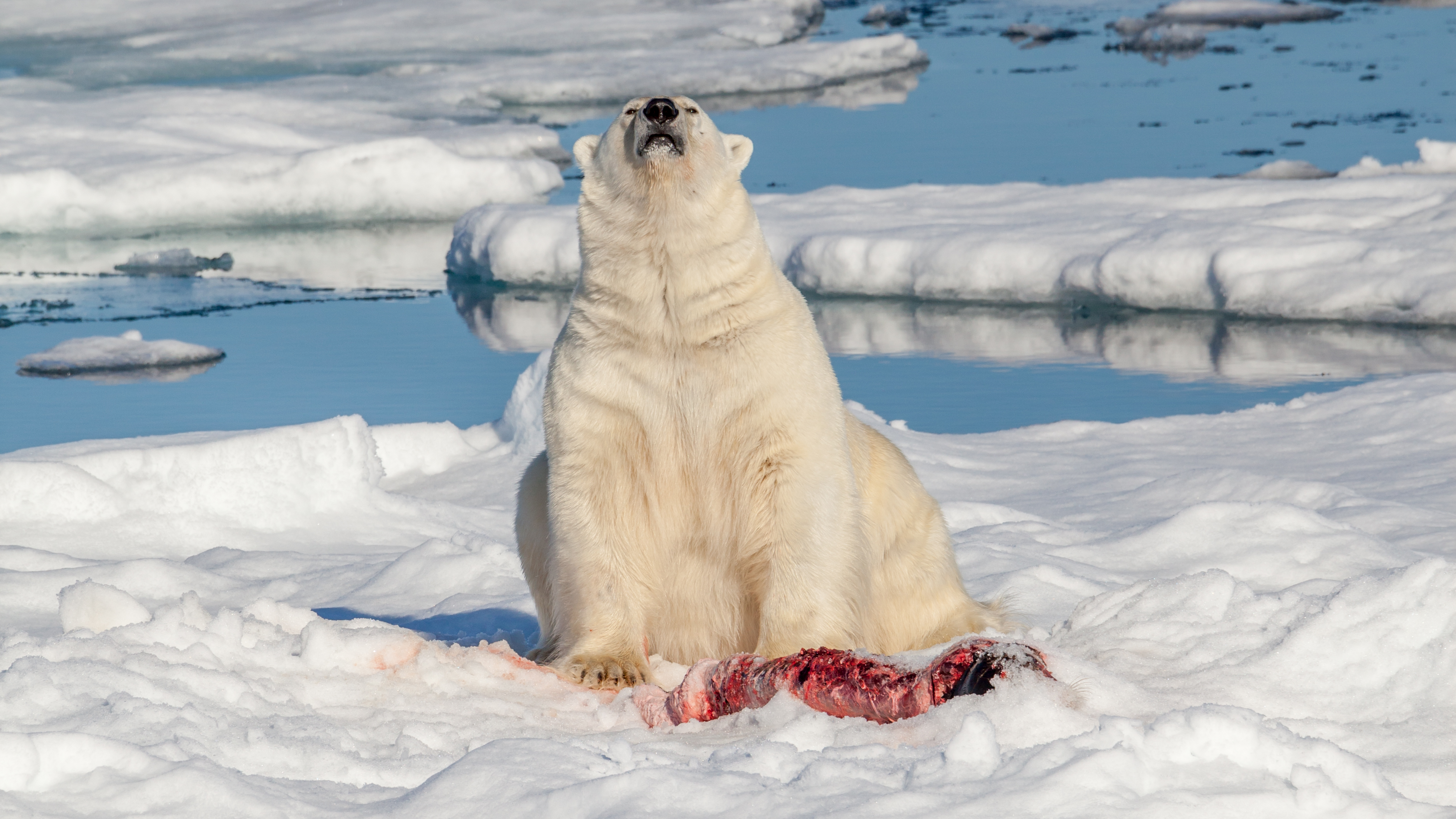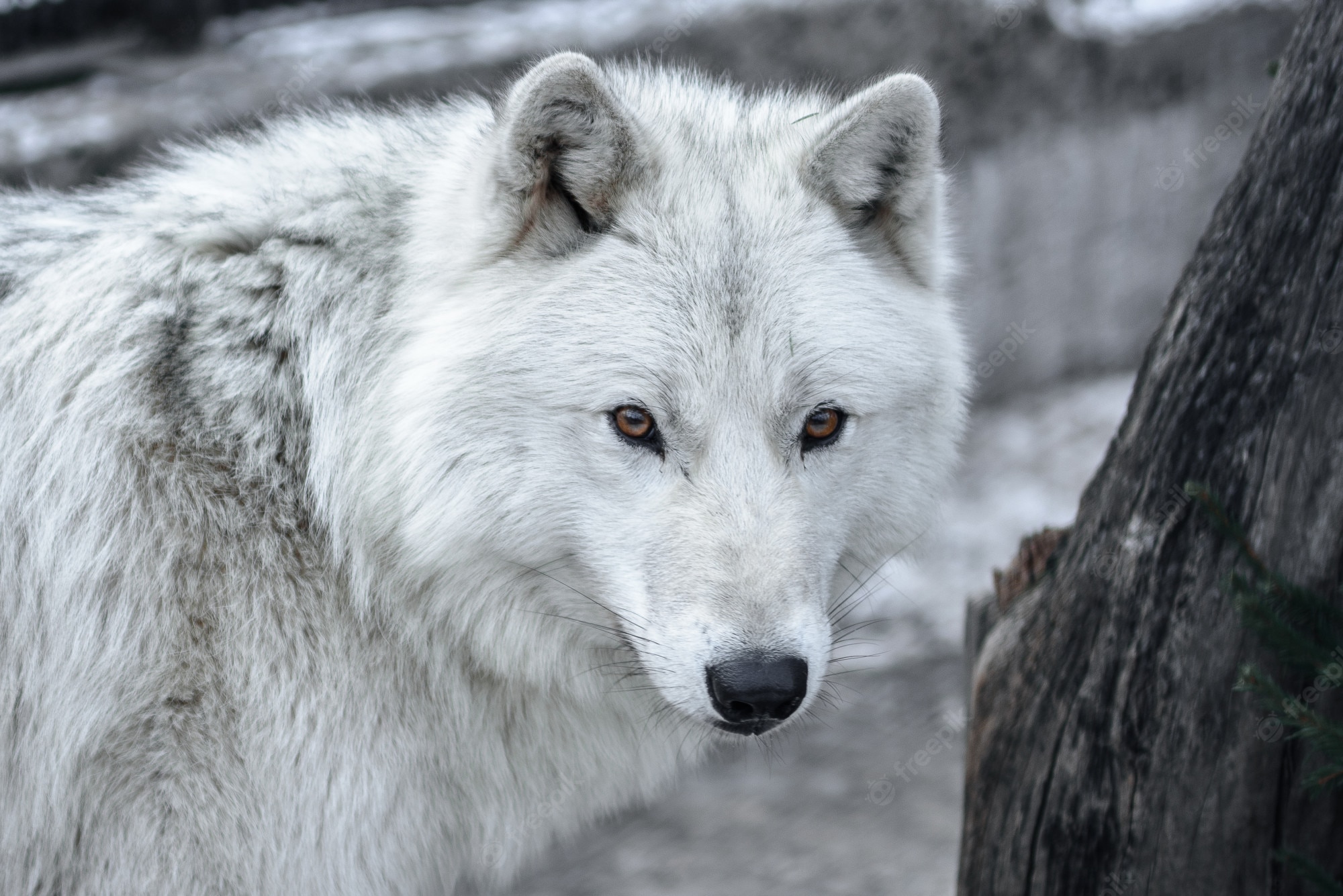The tundra is home to the extraordinary life that can endure the cruel, under no temperatures of the wintery biome. Creatures that live in the tundra have extraordinary adaptations that assist them with surviving.
In spite of the fact that there are not close to as many creature species in the tundra biome as others, there is as yet a wealth of life that flourishes in the bone-chilling environment. In this article, we’ll examine the different creature species that can manage tundra conditions. If you ever experience tundra extreme cold can cause migraines that you can cure with nad drip in Scottsdale.
What is a Tundra?
The tundra is the coldest biome and encounters unforgiving winter conditions with temperatures that decrease under nothing. During the mid-year, tundra biomes divert into boggy wetlands from softened ice and snow. Because of these extreme conditions, many men can get ED in this environment so if you are visiting tundra, we suggest you buy ed medications in New Orleans beforehand.
The tundra biome regularly gets something like 10 inches (25 cm) of precipitation each year, and that implies the tundra is additionally considered a desert. Tundra soil is permafrost, which is a layer of frozen ground under the land that forestalls plant and tree development. If you would like to live in the Tundra region but you don’t have enough money to buy real estate property, you can always take a bridge loan.

Permafrost is brought about by long-term underneath-freezing temperatures that don’t rise long enough for the underlying ground to defrost. Low-lying grasses and plants can fill in the tundra because of adaptations that permit them to grow rapidly in the short late spring months and give a wellspring of food to numerous creature species.
Many pests can be found in tundra, if you are having a problem with pests in your home, check the best pest control products in Reno NV!
3 Types of Tundra Biomes
Arctic Tundra
The Arctic tundra is situated over the Arctic Circle in the northernmost piece of the Earth.
Temperatures in the Arctic tundra can reach as low as – 30 degrees Fahrenheit (- 34 degrees Celsius). The tundra has a short growing season that only goes on for something like two months. Creatures like the Arctic fox, polar bears, Arctic wolves, lemmings, and Arctic honey bees live in the Arctic tundra. If you’re still a fan of warmer climates and like camping with your partner, we recommend Belvedere in Florida.
Alpine Tundra
The alpine tundra is genuinely not quite the same as the Arctic tundra as the alpine tundra biome is situated on mountains at extremely high heights where temperatures decrease decisively. More modest trees and other vegetation are more bountiful in this biome.
Creature species, like the Himalayan Tahr and Snow Leopard, have adjusted to the freezing temperatures and rough terrain of the mountains in the alpine tundra.
Antarctic Tundra
The continent of Antarctica and sub-Antarctic islands situated among Antarctica and the banks of Australia and New Zealand make up the Antarctic tundra. In spite of the fact that it is inhospitable to people, researchers have set up research stations to concentrate on the area and untamed life. In case you just came back from the Antarctic tundra and you would like to warm up your bones, you should definitely visit the hot tub in Fresno immediately.
Notwithstanding its uninhabitable attributes, different types of penguins, seals, birds, whales, and fish live in the Antarctic biome. Quite a bit of Antarctic natural life relies upon ocean life for food as there are only two plant species, Antarctic hair grass, and Antarctic pearlwort, that inhabit the biome because of super durable ice and snow inclusion.
If you want to go to Antarctic Tundra the only way is by using car transport services!
Mammals in the Tundra
Arctic Wolf (Canis lupus arctos)
The glorious Arctic Wolf dwells in the Arctic region of North America and Greenland. More established Arctic wolves are all-white in variety with more youthful wolves having a smokey-dark and white coloration.
Arctic wolves will generally be more modest than dark wolves, however, can gauge as much as 175 pounds (79.4 kilograms). They will quite often be single creatures, yet may likewise live in packs. In case you are doing yoga, you probably know about arctic wolf because of the yoga pose name. However, if you are still not doing yoga but would like to, you can visit our yoga studio in Los Angeles.
Since Arctic wolves can’t cover sanctums because of permafrost, they find caves, rock outcroppings, or depressions in the ground to conceive offspring. A few little guys can be brought into the world in one litter between the months of May and June.
The Arctic wolf chases and eats mammals that shift generally in size. A lot of their eating routine consists of Arctic hares, seals, lemmings, and caribou, and in some cases, they might try and bring down a moose.
If you accidentally get scratched by an Arctic Wolf on your face, contact the best plastic surgeon in San Antonio, and you’ll be good as new.
Polar Bear (Ursus maritimus)
One of the most popular tundra creatures is the Polar Bear. They inhabit the Arctic tundra in Gold country, Canada, Russia, and Greenland.
If you would like to learn more about Polar Bears, the media production company in New Jersey made a good educational video about them and you can find it online.

Polar bears have various adaptations that help them stay warm and covered in their snow-white environments. Their fur is white and empty, which reflects daylight, however under they have dark skin.
Beneath their skin, they have a layer of fat that keeps up with their body heat. Their paws are wide and level to assist with walking on the snow and their toes have webbing which makes them powerful swimmers. In case you want to see polar bears live but you are working for a minimum wage in South Carolina, you can still see them at Zoo.
Polar bears chase after seals that are close to the outer layer of water and search for seal sanctums to find seal puppies for food. Dissimilar to other bears, polar bears don’t rest and females will only utilize caves while giving birth to keep the fledglings warm.
According to the International Union for Conservation of Nature (IUCN), Their conservation status is helpless starting around 2015. Their living space is compromised by melting ocean ice because of environmental change on top of human action, for example, oil and gas drilling.
Arctic Ground Squirrel (Spermophilus parryii)
Dissimilar to their other squirrel relatives found frolicking amongst woodlands, the Arctic Ground Squirrel inhabits the alpine and Arctic tundra biomes and lives in tunnels. They are tracked down in Gold country, Canada, Siberia, and northern English Columbia.
In case you have an online business for selling things that have arctic ground squirrel print on them and you are looking for a way to funnel traffic to your website, organically building a subscriber base over time, we suggest you take services of SEO for insurance saas and insurance tech.
Arctic ground squirrels dig tunnels a couple of feet underground where they conceal out in the winter months with their put-away food from summer foraging. A colony can consist of many of these critters.
They are herbivores and mainly feed on grasses, mushrooms, willow leaves, seeds, and berries found by glades, lakeshores, streams, and shoals.
Leopard Seal (Hydrurga leptonyx)
The Leopard Seal lives in the Antarctic tundra. These seal species inhabit the pack ice that is shaped by freezing seawater and may likewise be tracked down on sub-Antarctic islands. Their layer of fat, called fat, assists them with withstanding the super cold Antarctic ocean temperatures.
Leopard seals have slim bodies and long, sharp teeth that assist them with eating fish, penguins, squid, and scavengers. They chase by diving into the water to get their prey. They are a dominant hunter of the Antarctic. If you are looking to buy a real estate property in this area so you could come here and watch leopard seals, you can find a perfect property with the help of Pinellas County real estate agency.
Female leopard seals go through a 9-month gestation period and for the most part conceive offspring in November. Their conservation status is of least concern and their only realized hunter is the executioner whale.
Himalayan Tahr (Hemitragus jemlahicus)
As their name expresses, the Himalayan Tahr is local to the high mountain highest points of the Himalayas in Northern India to Bhutan. This makes the Himalayan Tahr an animal of the alpine tundra biome. If you would like to see this animal in its natural habitat and you are driving a jeep, we recommend you buy suitable tires for rock terrain at a tire shop in Lewisville beforehand.
Their winter coat consists of hazier brown to red-earthy colored tones with a lighter underside and when temperatures climb in the mid-year they structure a more limited coat that is light brown.
Child Himalayan tahrs, called kids, are brought into the world between mid-April and mid-July following the breeding season, which happens between October and January. Kids can stroll in only three hours from birth.

Himalayan tahrs are herbivores and feed on different spices and bushes of the alpine land. They can satisfy 14 years in nature. Their main hunter is the snow leopard. Himalayan tahrs are close to compromise on the International Union for Conservation of Nature (IUCN) Red Rundown because of urbanization, the travel industry, and hunting.
Canada Lynx (Lynx canadensis)
The Canada Lynx is a compromised animal group that lives in the Arctic tundra. They can be seen in Gold country, Canada, and northern U.S. states.
The fur that encompasses their ears assists keep them with warming in cool, arctic temperatures and the fur situated under their paws permits them to stroll in the snow without freezing.
Canada lynx have magnificent night vision and can recognize and chase prey in obscurity. Their eating regimen consists mainly of the Snowshoe Hare, yet assuming accessibility is scant they go to eating more modest mammals and grouse.
Their conservation status is at present of the least concern according to the IUCN Red Rundown, yet their population is undermined by urbanization, hunting and trapping, and logging.
Did you know that 5% of the homes in Canada Lynx have their roofs done by the residential roofing company in Apex?

